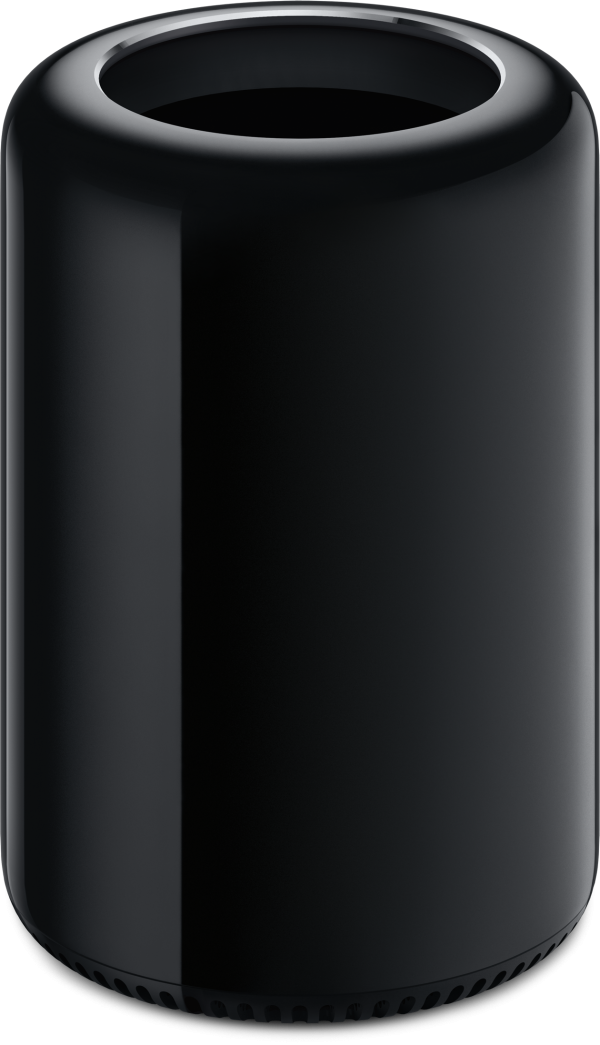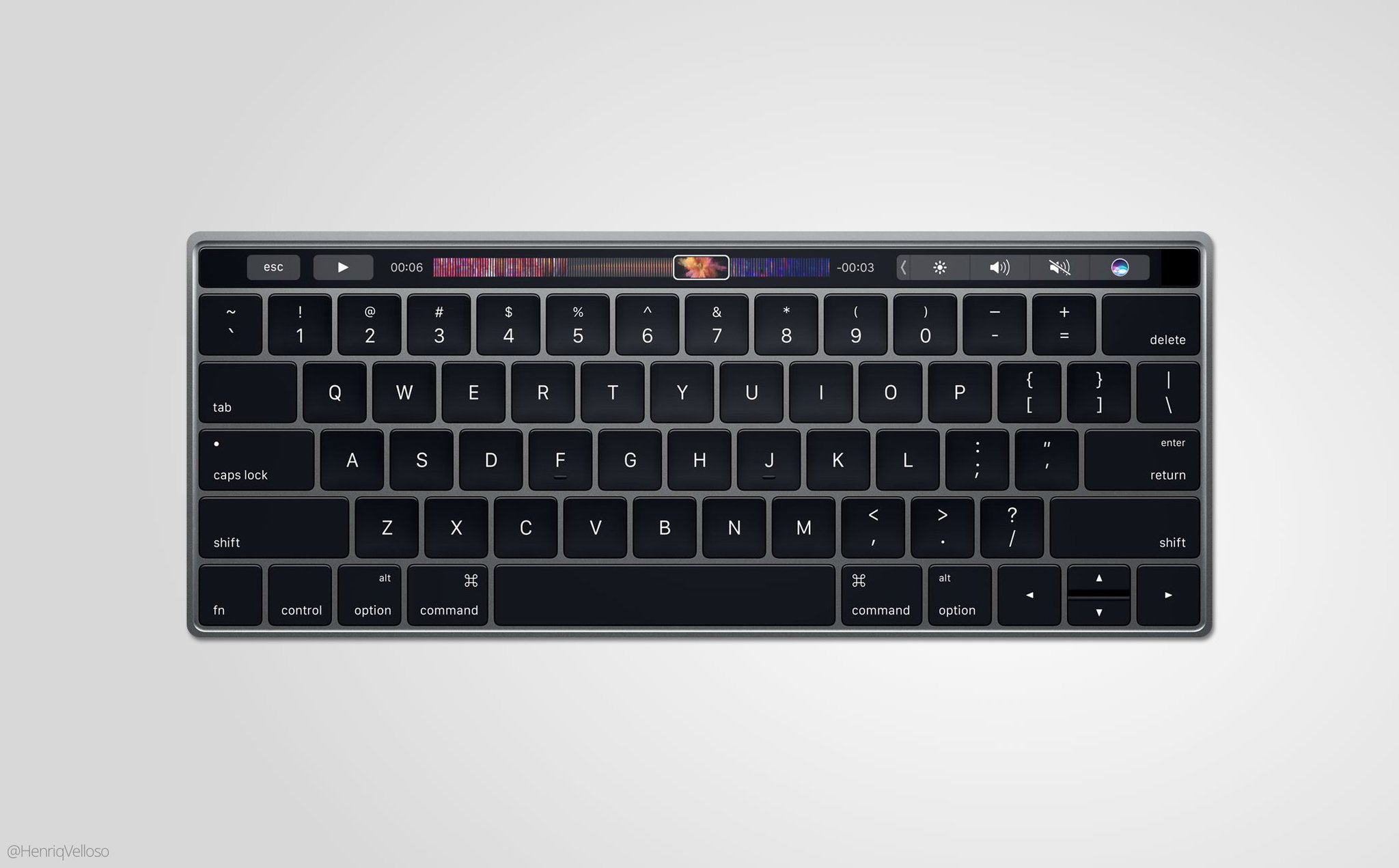Today, during the night, we published an article on the situation of Macs. In it, we address Tim Cook’s claim that computers remain firm and strong in Apple’s plans and that new desktops will come around. All this controversy surrounding Macs (abandoning them or not) emerged for a simple detail, created by the company itself: the lack of updating of virtually all models, except for the MacBook and MacBook Pro (this one, by the way, gained new features after a long period of abstinence).

But nothing compares to the Mac Pro, which has been out of service for more than 1,000 days – the Mac mini has been out for over 790 days, while the iMac has been out for just over 430 days. To summarize the story: it was not rumors or a journalist who heard from a source … no. Apple itself created this situation of uncertainty and now needs to show that the Mac is still part of its plans. This, of course, taking into account Cook’s statement.
Renegade Macs
However, Mark Gurman (former9to5Mac, now editor of Bloomberg and that it has great sources inside Apple) said he talked to people familiar with the inner workings of Apple and that the Mac is getting a lot less attention than in the past. According to these people, the team dedicated to the Mac line lost strength both with the famous industrial design group led by Jony Ive and with the company’s software team. They also describe a clear lack of direction from company leaders, departures from key people working on computer hardware and some technical challenges that have delayed the arrival of new models.

Gurman also cites the fact that Apple cannot afford to lose Mac users (even though computers today represent less than 10% of the company’s revenue), as this will pave the way for a possible migration of other devices ( how to exchange the iPhone for some Android) – the lack of vision of what professionals (mainly linked to creation) want to do with a machine, the much more appetizing offers that the competition is finally able to offer, among other things.
He says that at the height of the Mac, people working on new models received a lot of attention from the Ive team. Once a week, Apple designers met with Mac engineers to discuss ongoing projects. Engineers took prototypes to Ive’s studio, while his faithful squires visited Mac labs to analyze the first concepts. These visits have become less frequent since the company began to focus on other products, and the change has become even more visible after changes in the design team.
Another example of the iPhone’s power within the company: Apple reorganized its software engineering department so that there is no longer a dedicated team for the Mac operating system. Now there is only one team and most engineers are focused on iOS, first of all.
Problems…
An example of problems / challenges that Apple faced mentioned by Gurman involves precisely the new MacBooks Pro, according to one person inside the subject.

Apple engineers wanted to use larger capacity batteries that molded themselves inside the machine instead of the standard square cells found in most netbooks. The project would have boosted autonomy, but the new battery failed a key test. Instead of delaying the launch and putting end-of-year sales at risk, Apple decided to revert to an older project. The move required “borrowing” engineers from other teams to finish the job. In addition to not having advanced in performance, a bug in the software that estimated the remaining battery time caused Apple to simply withdraw the feature from macOS Sierra 10.12.2.
In recent years, Apple managers have also changed the way product concepts work. In the past, everything was largely focused on a single view, whereas now, engineers must work on more than one concept at a time so that at least one option can be considered commercially viable.
When the company was developing the first 12-inch MacBook, it tested two prototypes. One was lighter; the other, less ambitious, was heavier. The lighter model prevailed, but due to the development of two competing concepts, engineers had less time to figure out how to stick the entire electronics in a thin layer of aluminum. In the end, Apple launched the notebook in 2015, months after the target (which was in 2014).
Apple’s obsession with creating thinner iPhones and iPads with fewer inputs has been carried over to Macs, somewhat inversely proportional to the idea of creating more professional machines, with more options and power.
For a 2016 MacBook update, some engineers wanted to add a Touch ID and a second USB-C port (which would be great!). Well, these news didn’t come and we were only contemplated with the arrival of the rose gold color and a standard increase in speed (processor).
Because of the problems in producing the Mac Pro on American soil (not now, but at the beginning, which even involved creating machines and training people to use them), some Apple engineers seriously thought about taking the machine production to Asia, where the workforce is more qualified for this type of service. Today, as we know, that would be quite controversial as the new US president even talks about taking production of iPhones out of China.
Curiosities
Regarding the game of prototyping and testing a lot before launching, Gurman said that Apple even created a MacBook with a Lightning connector (which fortunately did not succeed and was replaced by a USB-C port). The company also thought about offering gold MacBooks Pro, but came to the conclusion that the color did not match well with a large-structure product like MBP.
What’s next?
Gurman made it clear in his article that Apple designers are testing to put the Touch Bar (with direct to the Touch ID, of course) on the Magic Keyboard so that users of desktop Macs can have access to the new features of the MacBook Pro. The idea, however , is still in the testing phase and it is not known whether it will even be implemented.
 Magic Keyboard Concept with Touch Bar
Magic Keyboard Concept with Touch BarWhoever was waiting for a redesign of table machines in 2017 can take the horse out of the rain. According to Gurman, we will see “only” updates for connectors (USB-A goes out; USB-C / Thunderbolt 3 goes in), GPUs and processors.
My opinion
It is clear that Gurman is correct in making such claims; on the other hand, there is no denying that Apple is also correct in not giving the same attention as before to Macs. The world has changed, why. If in the 1990s Apple was 100% dedicated to the Mac, in the 2000s iPods arrived to share that attention, and at the end of it, the iPhone emerged to become the center of attention at the company. Then came the iPad, Apple TV, Apple Watch – and, who knows in the future, an “Apple Car”.
Apple has pluralized, entered markets that any user in the 1990s would never have imagined. Computers still have a lot of relevance, but it is undeniable that the trend is that they are less and less necessary for an increasing number of people. It would be stupid / stupid for Apple to pay too much attention to Macs and leave other products – which are positioned in a much more interesting way in the future – “sideways”.
It is not easy to assume that. I don’t see myself – at least not in the short to medium term – replacing the Mac with any device. For me it is simply impossible to exchange the Mac for an iPad, for example, to work. I spend more than ten hours a day in front of a Mac and I would have to change my modus operandi if Apple kills the line overnight. Now, the MP3 player market has died a long time ago and Apple still sells iPods; why are there people who think that Macs will suddenly disappear?
It just won’t happen anytime soon. Yes, we may see some products being discontinued (such as the MacBook Air, which is giving way to the new MacBooks / MacBooks Pro). Maybe Apple will be able to create an iMac so powerful that it is no longer necessary to offer the Mac Pro (which serves a very specific niche). What I mean is that changes to the line will happen, but that the Mac still has a long life ahead of it simply because there is still demand.
Cook is right when he says that Macs are still important to the company and that desktop models are strategic for Apple; Gurman is also right when he says that Apple no longer pays attention to Macs as it did before. One thing does not exclude the other.
